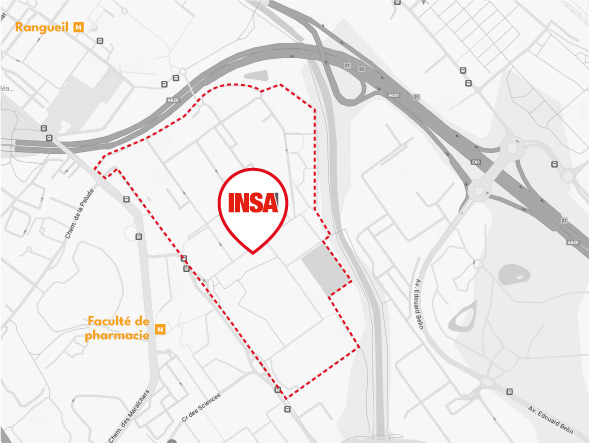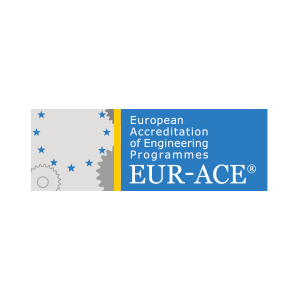Part I: Spatial and electronic structures.
– Hybridization of atomic orbitals and geometry of organic molecules.
– Nomenclature.
– Constitutional and conformational isomerism.
– Stereochemistry (enantiomerism, diastereosisomerism).
– Electronic effects: polarity, polarizability, inductive and mesomeric effects.
– Structure-reactivity relationship: the main classes of reagents: acids, bases, nucleophiles, electrophiles, reaction intermediates: carbocations, carbanions, free radicals.
Part Two: Reactivity of compounds. The main reaction mechanisms.
– Radical substitutions on alkanes (SR).
– Electrophilic additions to alkenes (AE).
– Electrophilic substitutions on arenes (SE).
– Nucleophilic substitutions in aliphatic series (SN1 and SN2).
– Elimination reactions (E1 and E2).
Basic practical work:
– Doubling of a racemic mixture.
– Chemical synthesis.
Acquire and implement the main experimental techniques (distillation, extraction, reflux set-up, recrystallisation, TLC and silica gel column chromatography).
– Raise students’ awareness of safety during chemical manipulations.
UV visible spectrophotometry: principles, theory, Beer Lambert’s Law.
IR and NMR spectroscopy: principles, equipment, interpretation of spectra.
Objectifs
At the end of this module, the student should have understood and be able to explain (main concepts):
- the spatial and electronic structures of molecules in order to understand the main reaction mechanisms and their stereochemical consequences.
- the basic reaction mechanisms of chemical reactions in the living world and industrial organic chemistry.
The student should be able to:
- Identify the main chemical functions and name chemical compounds.
- Represent chemical compounds (Newman, Fischer, Cram).
- Distinguish between the different types of isomerism: conformational and configurational isomerism (enantiomerism, diastereoisomerism).
- Analyse electronic effects (inductive effects and mesomeric effects) in a molecule.
- Describe the different classes of reagents and reaction intermediates.
- Describe the main reaction mechanisms encountered in chemistry: Radical substitutions on alkanes (SR), Electrophilic additions on alkenes (AE), Electrophilic substitutions on arenes (SE), Nucleophilic substitutions in aliphatic series (SN1 and SN2), Elimination reactions (E1 and E2).
- Carry out organic syntheses using the basic experimental techniques of organic chemistry.
- Use the various techniques for characterising organic compounds (UV, IR, NMR)
- Interpret UV, IR and NMR spectra
Pré-requis
I1ANETCH Atomistic
I1ANETCH Solution chemistry
Évaluation
L’évaluation des acquis d’apprentissage est réalisée en continu tout le long du semestre. En fonction des enseignements, elle peut prendre différentes formes : examen écrit, oral, compte-rendu, rapport écrit, évaluation par les pairs…













